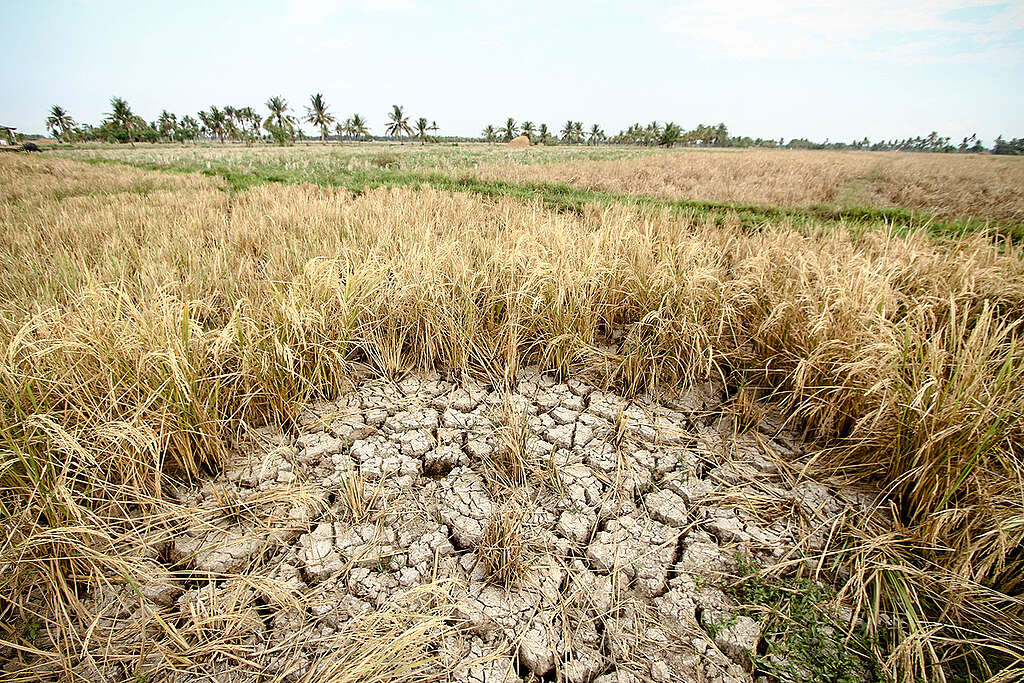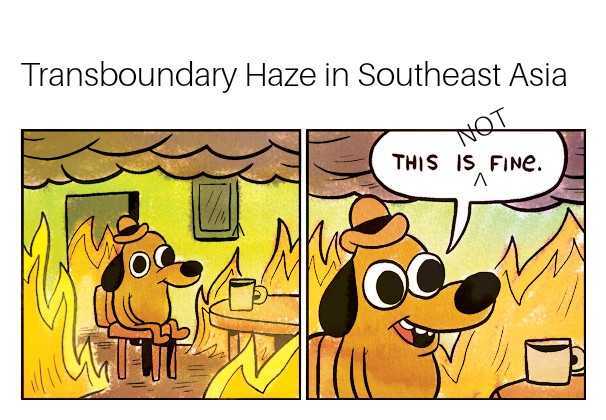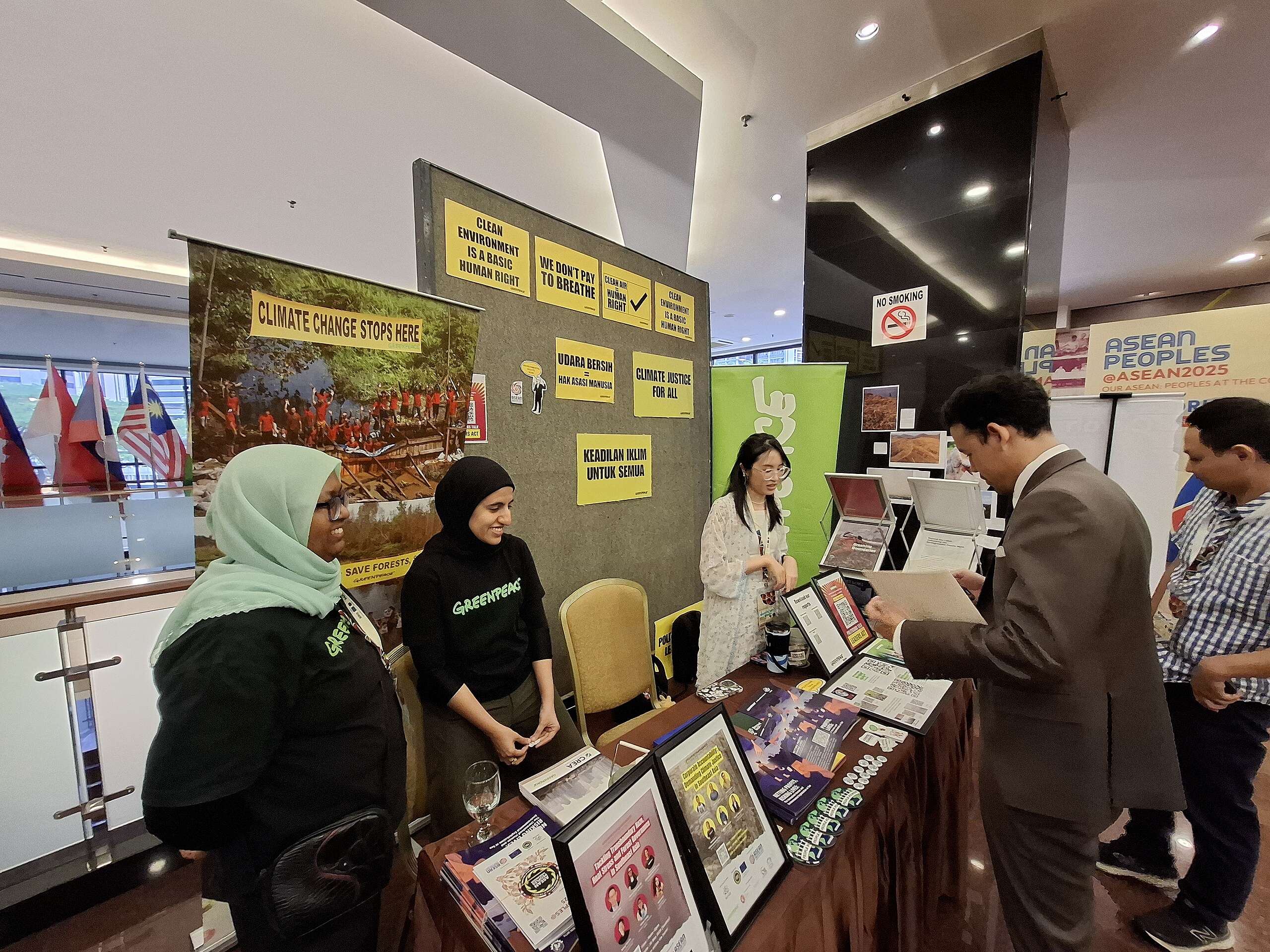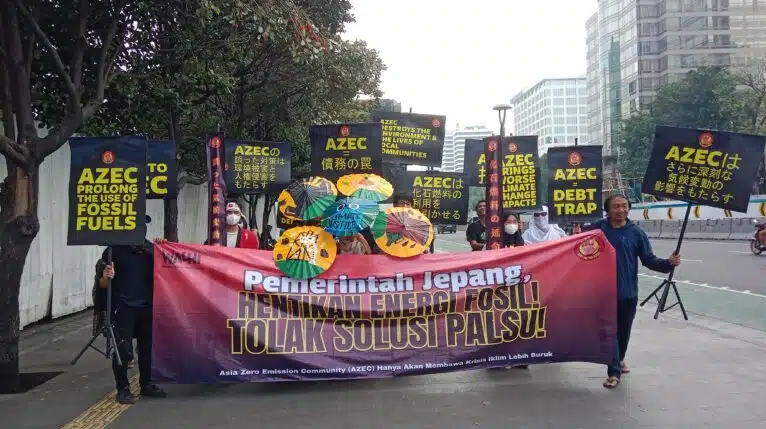Clean air law needed to tackle haze pollution
In July 2022, the United Nations General Assembly adopted a historic resolution declaring that it’s a universal human right to live in a clean, healthy and sustainable environment. Malaysia, with 161 other nations, voted in favour of the historic resolution, meaning that this resolution could allow people to challenge environmentally destructive policies under human rights legislation.
Although it’s not legally binding, it is still important to highlight environmental protection, especially from air pollution, which kills 7 million people each year. This announcement by the United Nations will strengthen the effort of civil society organisations in Malaysia to demand clean air through the Malaysian Human Rights Commission.
Impact of haze pollution
If we look at history in Malaysia, haze episodes triggered the declaration of a state of emergency as the pollution exceeds categorically dangerous levels. This was seen during September 1997 when the API level reached 839 in Kuching and eastern Sarawak. A state of emergency was announced for the second time in history on 11 August 2005 for Kuala Selangor and Port Klang when the API level exceeded 500.
Epidemiological studies have demonstrated significant associations between wildfire smoke exposure and declines in lung function among non-asthmatic children and increases in physician visits for respiratory problems, respiratory emergency department (ED) visits and respiratory hospitalizations. This was seen in Malaysia during the 1997 haze as outpatient visits for asthma and respiratory diseases in Kuching increased by two to three times, while the number of patients increased from 250 to 800 in Kuala Lumpur.
In 2015, the total economic losses from haze incidents were RM 1.07 billion, whereas the total cost of illness was RM 64.81 million in 2017. It was also estimated that the average annual economic loss due to inpatient healthcare is RM 273,000.[1] The increase in healthcare costs would also lead to an increase in government spending.
During the haze episode, there are disruptions in transportation and quality of education hampering access to schools and education, low access to basic services and supplies such as health services, safe water, and food. For example, the 2019 haze episode saw 2500 schools being closed in Malaysia and 1300 in Kalimantan.
Similarly, the haze pollution also affects fish farmers and fisheries as they are unable to reach their fish cages in open seas. Further, this threatens food security, especially for the urban poor (B40). The Forest Research Institute Malaysia even reported that two varieties of hybrid rice had a 50% reduction in growth rate during a haze episode as the pollution reduces solar radiation.[2] In return, crop productivity is severely hampered, leading to more concerns about food security.

El-Nino and heat wave make haze pollution worse
This year, as the hot and dry spell El Nino continues to affect Malaysia, the government has reminded people that they need to prepare to face the heat wave and haze pollution due to the prolonged dry weather in Southeast Asia. Recently, the Malaysian Meteorological Department (MetMalaysia) has issued hot weather warnings for many areas across the country, especially northern parts of Peninsular Malaysia and East Malaysia.
In the first two months of 2024, there’s drastic increase in open burning cases, among the states that experienced the highest increase were Kedah with 741 cases, Selangor (661 cases), Johor (505 cases) and Sabah with 534 cases. Whereas in early April 2024 , Selangor and Pahang was hit by poor air quality due to local forest and peatland fires.
Besides deploying fire rescue teams, one mitigation effort being considered to deal with increased heat waves and peat fires in Malaysia is cloud seeding, injecting particles into clouds and to make it rain. Sometimes the government urged the public to avoid carrying out open burning. Actually this is not enough. The current heat wave is a combination of factors which include human-induced climate change and the El Niño event. While we cannot control the trend of heat waves, we can do something to prevent it from becoming worse, especially tackling domestic and transboundary man-made haze pollution.

Learning from 2023 haze crisis
There have been a lot of discussions about tackling haze pollution last year. For instance, on 7th November 2023 afternoon, the government through a written reply to a member parliament, saying the government will not proceed with a proposed bill to prevent transboundary haze pollution and Greenpeace immediately responded to the announcement, arguing that without this clean air law, it becomes challenging to demonstrate the government’s commitment to addressing haze pollution. On the same day evening , the government clarified that there was an error in the answer to Parliament on the transboundary haze issue and was consistent in saying that they will look at all angles to combat haze including looking at the Act, upgrading the ASEAN Agreement on Transboundary Haze Pollution.
Take action before it’s too late
According to Natural Resources and Environmental Sustainability Minister Nik Nazmi, after meeting with various stakeholders, the policy paper on transboundary haze is expected to be presented to the Parliamentary Special Select Committee on Environment, Science and Plantation within the first half of 2024.
Malaysia will be the host of the next ASEAN Summit in 2025. Meanwhile, Prime Minister Anwar Ibrahim announced that 2026 will be the “Visit Malaysia Year” with a target of 23.5 million international tourist arrivals and a projected income of RM76.8 billion. Therefore, it is important for the Malaysian government to champion and address one of the biggest environmental issues in the region by enacting a clean air law that can cover ambient air quality and hold polluters to account for contributing air pollution. By taking a multi-pronged approach and committing to long-term solutions, the country can pave the way for clearer skies and healthier communities.
The country deserves better and it’s not too late to take action.

Notes:
[1] Othman, J., Sahani, M., Mahmud, M. & Sheikh Ahmad, M. K. (2014) Transboundary smoke haze pollution in Malaysia: Inpatient health impacts and economic valuation’, Environmental Pollution 189, pp. 194-201.
[2] Nichol, J. (1997) Bioclimatic impacts of the 1994 smoke haze event in Southeast Asia’, Atmospheric Environment, vol. 31, no. 8, pp. 1209-1219.



